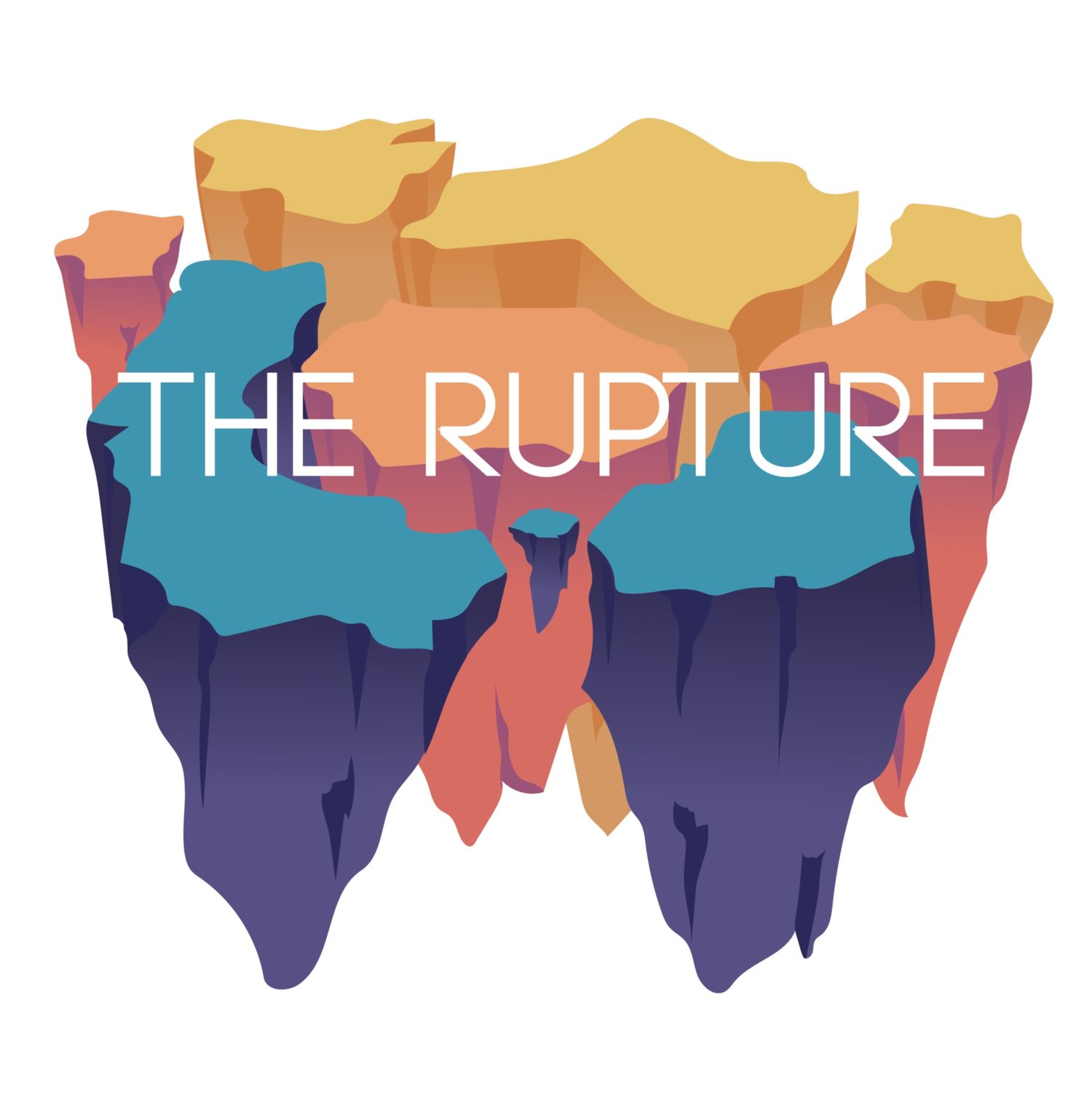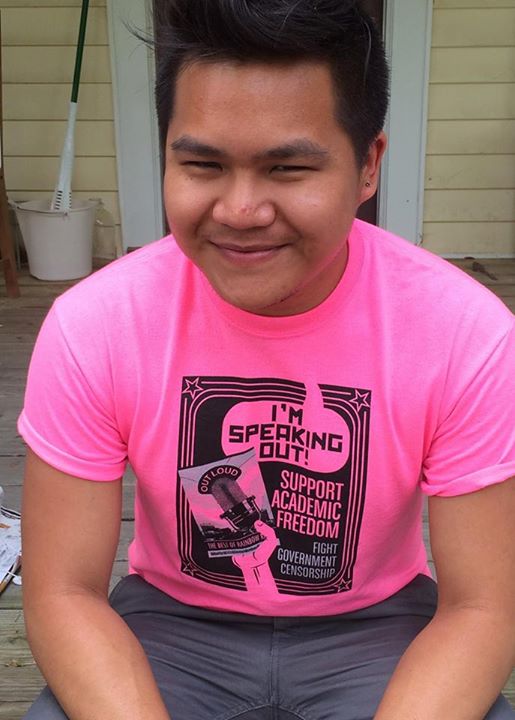 Anne Valente is the author if the recently released short story collection, By Light We Knew Our Names, and the fiction chapbook, An Elegy for Mathematics. Her fiction appears or is forthcoming in One Story, Ninth Letter, Hayden's Ferry Review, and The Normal School, and her essays appear in The Believer and The Washington Post.
Anne Valente is the author if the recently released short story collection, By Light We Knew Our Names, and the fiction chapbook, An Elegy for Mathematics. Her fiction appears or is forthcoming in One Story, Ninth Letter, Hayden's Ferry Review, and The Normal School, and her essays appear in The Believer and The Washington Post.
Her story, "The Great Flood," appeared in Issue Sixty-One of The Collagist.
Here, Anne Valente talks with interviewer William Hoffacker about St. Louis, mythology, and writing a character's mindset.
Please tell us about the origins of your story “The Great Flood.” What sparked the initial idea behind it?
I’ve been working on a collection of short stories about the city of St. Louis, which is where I’m from. I’ve researched some of the city’s pivotal moments as well as some of the stranger facets of its history and culture, and I’ve been drawn to rewriting major events with alternate histories. The Flood of 1993 occurred when I was in elementary school and I remember the water creeping up the riverfront steps toward the Arch, as well as the boil orders and sandbagging and devastation of homes and farms along the Mississippi River. I was researching the history of the St. Louis Zoo around the same time that I was looking into the 1993 flood, and it clicked to combine these elements of St. Louis history and culture into one story. I also read about a man from Quincy, Illinois, who was convicted for purposefully removing sandbags from a levee in order to strand his wife on the other side of the river. The idea of a character tampering with a flood wall developed from there.
What drove the decision to put your story in conversation with the familiar tale of Noah’s Ark by using references to and quotes from the Bible? How and why do religion and mythology intersect with your fiction?
Mythology plays a larger role than religion in my work. I’m often interested in tales and fables and the stories we tell ourselves about the world, which seems an apt way of thinking about the central figure in this story and what kind of narrative he’s constructed about the city around him. In all honesty, I know very little about religion; I read the Bible for the first time in college, and only select passages. Noah’s Ark came into the story as a means of linking the flood to the animals at the St. Louis Zoo, two disparate aspects of St. Louis culture and history that I looked for a way to connect. I had to do some research into the Ark, including reading that section of the Bible in addition to others. My guess is that I took a fair number of Bible quotes well out of their original context and intent.
The main character of your story seems deluded and irrational, yet he remains a sympathetic protagonist. What did you have to do in order to tap into this character’s headspace? How did you ensure that the reader would willingly follow him on his journey despite his skewed view of the world and his place in it?
I honestly didn’t know if the reader would follow him on his journey, especially since it’s such a claustrophobic one; he has no social interactions, no dialogue, only his tightly bound worldview and memories. With that said, I hoped that this sharp degree of narrowness would allow for the reader to recognize the limitations of his perspective while also in some way understanding it. He has experienced significant loss. He is a character in pain and in tremendous grief. The world has devastated him, the animals his only refuge. I hesitated to even give him a name, and to separate him any further from the reader and from the animals. I hope this pain makes him sympathetic enough for the reader to journey down to the floodwall with him and understand why he might take a chisel to it, why he might break it apart.
Describe your revision process for this story. How much did it change from the first draft to the final? Did you have to make any tough decisions?
I revised this story considerably between its first draft and the draft that was accepted for publication. Even then, I revised it further beneath Gabriel Blackwell’s sharp editorial eye. This was a tough story for me, in large part because it’s so closed in. Not a lot happens. We’re inside a limited, narrow perspective from start to finish. It’s a story of headspace and psychology far more than a story of plot. But even still, I needed to establish forward momentum somehow and my revisions focused largely on finding ways to further the story without adding actions or events that felt outside of this character’s world. I had to delete scenes. I moved so many other scenes around. This was the first time I’d done that so extensively in a single piece, since chronology matters far less in this story than the progression of a stagnant mindset.
What writing projects are you working on now?
I’m continuing to work on other stories about St. Louis. I’ve finished a few others in the past few months – one about Forest Park and ornithology, one about the desegregation program between St. Louis city and county public schools – and I hope to turn my attention next to the Budweiser Clydesdales and Busch Stadium. I’ve also recently finished a novel manuscript.
What have you read recently that you would like to recommend?
I’m currently reading Diane Cook’s debut collection, Man V. Nature, which is fantastic. Though I know I’m a latecomer to her work, I also recently finished Anne Carson’s Nox, which was gorgeous and devastating. Up next on my nightstand are two books I’ve been excited to read for months: Haruki Murakami’s latest, Colorless Tsukuru Tazaki and His Years of Pilgrimage, and Matthew Gavin Frank’s Preparing the Ghost.


